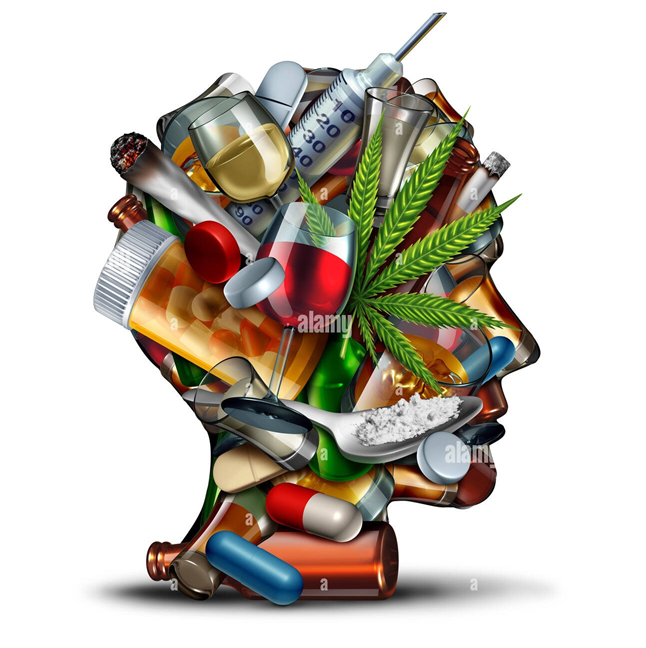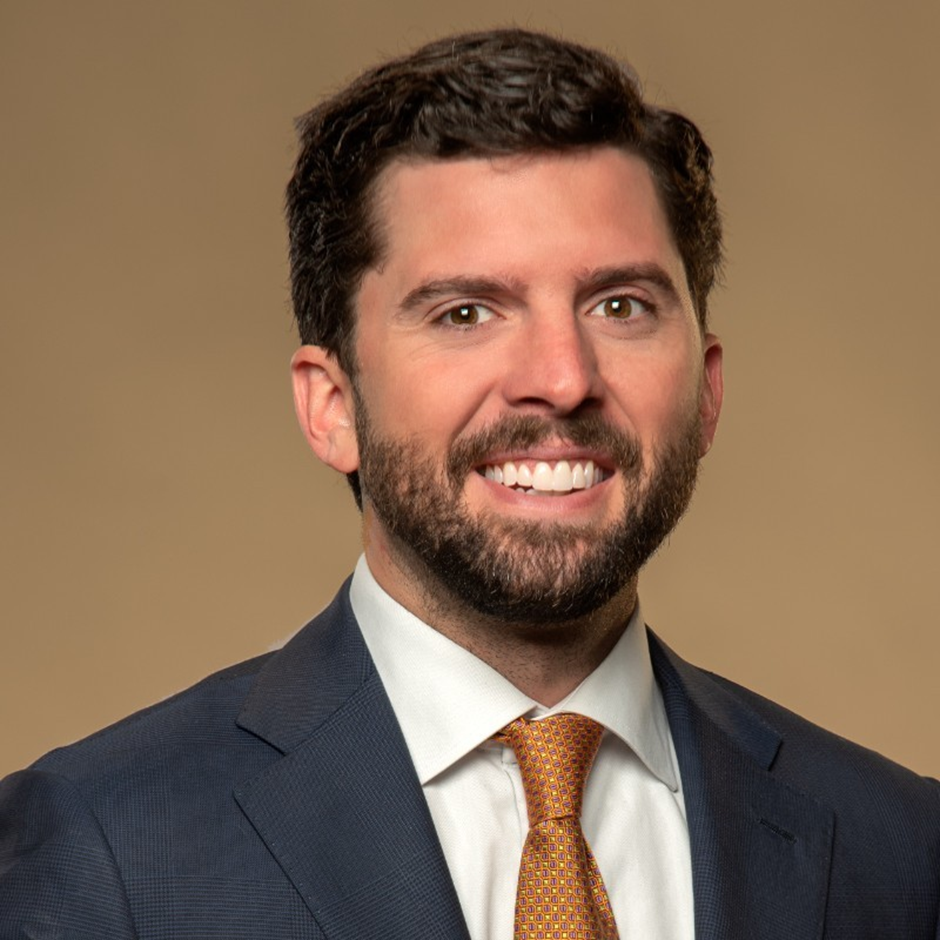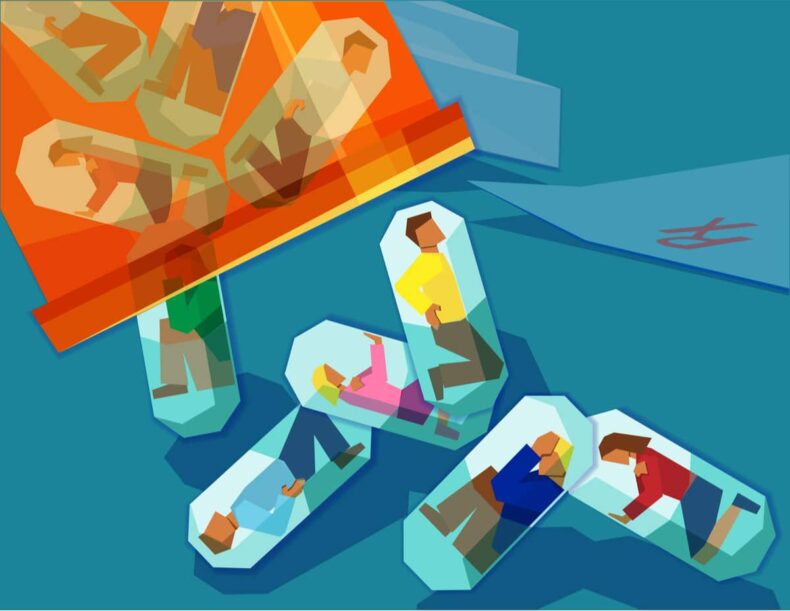Addiction has been a major problem in our society. People get so addicted to substances that they stop functioning as members of society. It can also be said this way: people are so depressed these days that they try to find temporary relief from their problems, which in turn makes them addicts.

Doctors or clinicians strive to provide the best care they can for their patients to improve their condition, whether it is physical or mental health. They encounter many challenges along the way in the treatment of their patients, like the type of care their patients require, how their data is used, or their condition.
These things are really necessary for behavioural health and addiction treatment. Technology and analytical capabilities play a huge role in the success of the treatment.
According to the Substance Abuse and Mental Health Services Administration (SAMHSA), SUD (substance use disorder) is defined as when the recurrent use of drugs and alcohol can cause clinically significant impairment, which includes failure to meet major work, family, and school responsibilities and causing health problems and disability.
Conditions like these are found in all age groups and demographics, but there is a problem with the stigmatization of individuals who go through this stuff, the treatment of addiction, and public policy. As SUD is individualistic in nature, treatment for it can be more complicated.
People with SUD, according to American Addiction Centers, require individualized treatments that address both the underlying cause of the disease and its symptoms, as SUD can have ramifications in many areas of a person’s life.
According to a national survey done by SAMHSA in 2019 on drug use and health, it was found that 20.4 million people in the US had SUD in the past year, aged 12 or older. Alcohol use disorder affected 14.5 million people, and illicit drug use disorder affected 8.3 million people.
It makes it very difficult for treatment providers and centers to get any insight into the success of treatment and improve their practices as SUD is very persuasive in nature and also the need for individualized treatment.

In Tennessee, a drug and alcohol addiction treatment facility called Cumberland Heights, with 20 locations, 2500 patients annually, and 350 employees to meet this challenge, has turned to a technology accelerator platform.
The Chief Science Officer, Nick Hayes (Ph.D.), at Cumberland Heights, said how their organization can better understand how they can predict patients’ ways to better understand their outcomes with the cloud-based EMR software.
The Challenges of Measuring Behavioural Health
Measurement of treatment efficacy and success is one of the biggest challenges faced by those who offer behavioral health care, as outlined by Hayes.
In general, psychology has a latent or invisible character. Psychological transformation frequently takes place on a spectrum and calls for assessment techniques that are distinct from those employed in medicine.
As for where addiction is “stored,” if you will, in our brains, Hayes said, “We know that the nucleus accumbens in the midbrain is sort of the epicenter, or one of the epicenters, of where addiction is stored in our brain.”
However, we are aware that people might eventually relapse into addiction even after their brains have healed. This is different from medicine in that, usually speaking, if I had a broken bone and it was mended, the location of the break would be even stronger and probably not break again.
It can be difficult to gauge how well people with drug use problems are responding to therapy. However, gathering information to understand long-term patient success is crucial for enhancing results throughout the spectrum of behavioral healthcare.
By combining data science with an adaptive, cloud-based EMR “technology accelerant” platform from Sunwave Health, Cumberland Heights is tackling this problem. It allows Cumberland Heights to document how patients experience their change trajectories throughout therapy as well as how those changes are represented in the statistics.
How risk is determined
The Cumberland Heights team is responsible for making the gained insights actionable to improve patient experiences after the data is collected. This is done in addiction therapy by analyzing and controlling risk.
When treating patients with drug use disorders, doctors must be mindful of a variety of dangers. Patients leaving against a medical recommendation or without completing therapy, relapsing, or committing suicide are some of the most serious possible dangers.
Identifying and treating these issues necessitates structured and accessible patient data, which Cumberland Heights provides through the “technology accelerant” platform.
The information is divided into three categories: who the patients are; what therapies they are receiving; and what results Cumberland Heights is seeing.
- The first is concerned with the patient’s demography, experience, and medical records.
- The second is focused on the kind of therapy that patients are getting, particularly the dose of those treatments.
- The third examines the data’s representation of patient outcomes.
These areas provide a plethora of data, which is extracted from patient records and analyzed accordingly while the patient is undergoing therapy to generate risk scores. Much of the data is derived from standardized risk assessments, such as a suicide risk assessment, that patients undertake upon admission.

Depending on the risk scores and other factors identified during these evaluations, patients may be referred for follow-up or additional treatments.
Cumberland Heights, on the other hand, does not depend solely on one-time patient examinations to identify risk.
According to Hayes, this data is updated in real-time to incorporate any changes in a patient’s record or risk ratings. These adjustments cause the structured query language (SQL) system to notify the staff person in charge of that patient of the change. This enables employees to follow up on patients in a timely manner since they don’t have to individually log in and look for a patient to check if there have been any changes.
Cumberland Heights assesses numerous indicators to predict who will relapse or not finish treatment, including anxiety, sadness, readiness to change, recovery capital, impulsivity, desire, trauma, and a history of not finishing treatment in the past.
These indicators, according to Hayes, indicate that certain Cumberland Heights patients are more vulnerable than others. However, he noted that they may not be applicable outside of the Cumberland Heights Foundation network because the only data they use to build risk ratings and train their prediction algorithms is from patients who are within the Cumberland Heights Foundation network.
Predictor’s success after treatment
It has been found that after treatment, the patients seem to have recovered, but that doesn’t guarantee that they won’t relapse. So after discharge, Cumberland does follow-ups to check in on their patients. It has six follow-up options, including thirty days, sixty days, ninety days, six months, nine months, and one year.
Hayes says that patients go through multiple assessments after discharge that is based on national outcome measure scales. This evaluates if the patients are doing what’s necessary for them so that they don’t relapse. It is done to see if they are attending recovery meetings, interacting with law enforcement, going to hospitals, and determining their employment status.

Hayes went on to say that organizations have typically assessed their success in addiction treatment by the size of their alumni bases and patient satisfaction numbers. Cumberland Heights, on the other hand, is aiming to broaden this by tracking past predictors of recovery, remission, and relapse as patients progress through the post-treatment path.
These predictors assist Cumberland Heights in gaining a better understanding of the distinctive profile of a successful patient so that the organization can assist in providing the tools for success to individuals seeking treatment. Hayes compared these tools to those used in the construction of a house.
There are many reasons why people don’t get access to proper treatment because, for it to happen, one needs to be a part of a community with a job and have friends and family around to support and motivate, hold the person accountable for their actions, and make sure that they are going to their medical check-ups.
Hayes says that these are the tools required for the successful recovery of a patient. The work that Cumberland Heights has done is promising as it was able to reduce the number of patients.
Read also:https://tdznkwjt9mxt6p1p8657.cleaver.live/technology-challenges-of-digitalized-healthcare/













